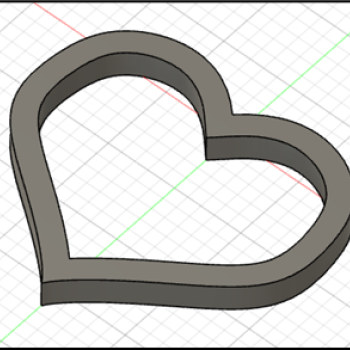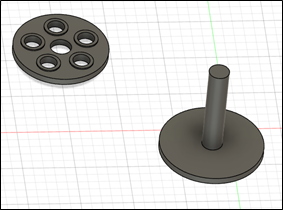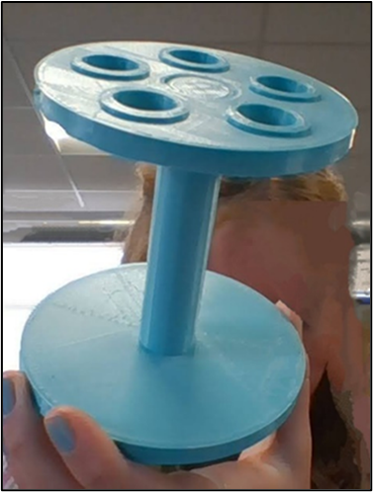Projects with a Purpose - HS Engineering
September 02, 2022
September 02, 2022
Character education is an important part of our school’s mission, so when I heard about Project Heart and conferred with the OtterCares team about how to bring it to life, it seemed like a natural fit. I talked with my engineering teaching colleague, Dave Kleen, and we browsed the in-depth curriculum which is available on the Project Heart website to learn more about how the content could fit into our introductory engineering classes. The idea that jumped out at us was the idea of using your Time, Talents and Treasure, the 3Ts, to help others.

When many people think of philanthropy, the first mental image that pops into their heads is that of philanthropists giving money (their treasure) to worthwhile causes. However, we realized that our students have a different kind of treasure. Our students have access to an engineering classroom equipped with computers, computer-aided design software, 3D printers, and a laser cutter. How awesome is that? This creative makerspace is truly a treasure. In our introductory course, we teach our students how to create computer models and use the equipment to create physical objects from their models. Our students’ talents include their knowledge of our engineering tools and techniques, their problem-solving abilities, their creativity, and imagination. We wondered, if we were to ask our students to complete a project of their own time and talent inspired by philanthropy, using the treasure of the school’s engineering resources, what would they create?
We spent a class period discussing philanthropy, the 3Ts, famous philanthropists, philanthropic organizations, and famous quotes related to philanthropy and giving. The next day, we asked our students to brainstorm ideas for an engineering project related to philanthropy. The project needed to be something to help other people that could be created using our treasure. The students thought about the challenge individually, they discussed their ideas with classmates and they interviewed an adult teacher, parent or community member to get even more ideas.
We collected all of the ideas and let the students review the entire collection. Some of the brainstormed ideas were infeasible given our available time and resources. For instance, our school’s 3D printers and our filament budget are too small to make houses for homeless people. However, there were many ideas that seemed quite reasonable to address within the available time and available budget for the class.

One of our students interviewed her aunt to get project ideas. The aunt has a 4-year-old daughter who has a genetic condition that requires a lot of medicine to be administered each day via a syringe. The aunt needed something to hold and dry all of the medical syringes. The goals were to keep the syringes organized, keep them off a dirty surface and speed up the drying process. The student researched the size of the syringes and designed a two-piece syringe holder using computer-aided design software. She then used a 3D printer to create her syringe holder.

This is such a great example of a simple but impactful “Project with a Purpose”. It is something meaningful that a student can do to apply knowledge learned in school to make a difference in the lives of others.
My colleague Dave Kleen reflected, "It blew me away how discussing philanthropy and making connections to the 3Ts really improved the quality of the engineering projects that students proposed." Mr. Kleen encouraged his students to think independently, brainstorm in groups, and interview one or more adults within their community to generate engineering design project ideas. The rich set of generated ideas gave students many options to consider when choosing a project to implement.
I observed that when my students presented their projects to their peers at project completion, we were amazed at how a small group of students could make such an impact on their families, school, and community with knowledge, imagination, creativity, a few weeks of time invested, and just a few dollars of raw materials. Some students chose to solve a problem for family members struggling with significant medical issues. Other students worked to create solutions for teachers at their school to help beginning art students learn to draw. A third group created fidget toys to help students with learning disabilities relieve stress and improve their focus.
If you are a middle school or high school teacher who would like to work with your students on philanthropy-inspired engineering projects, we invite you to take a look at our unit plan, our examples, our engineering notebook template, our client feedback form, and our assessment rubric. If you don’t have the exact resources that we have available in our classroom, don’t worry because you can adapt the “Projects with a Purpose” idea to use almost any type of makerspace. Your students can use their creativity and imagination to create something good by using whatever time, talent and treasure they have available to them.
You can access all of the content though the Project Heart Members Only Resources.
If you're not already registered, please join Project Heart at no cost to you!